The critic from the “Neue Zürcher Zeitung” was taken aback when he first glanced at the powerful painting. He remarked: “It had such a powerful effect on some people that they shed a tear. It is already clear that this work – commissioned by patriotic men – will have a tremendous impact on large swathes of the public.” The newspaper’s prediction at the opening of the Murten Panorama in 1894 was probably a touch too euphoric. The public were indeed able to admire the hundred-metre-long, ten-metre-high and one-and-a-half-tonne cyclorama of the Battle of Murten for a number of years in Zurich and Geneva, but it then disappeared into oblivion. In 1924, it was purchased by the town of Murten where it was left to rot away in the communal works depot. The battle-scene painting was given a second brief lease of life during the Swiss National Exhibition in 2002 when the restored panoramic painting was put on display in a rusty cube on Lake Murten. However, the painting’s scrolls have since been lying in an army depot in the Bernese Oberland facing an uncertain future.
The fate of the Murten Panorama is not atypical for this once commonplace genre of painting. This object of optical fascination is somewhat unwieldy. In a sense it requires a building constructed around it. Many of these panoramic paintings have therefore disappeared or have been burned, destroyed, cut to pieces or quite literally blown away. This is in fact what happened to the highly acclaimed panorama “Alpes Bernoises”. In 1903, at the World Expo in Ireland, a hurricane destroyed and tore apart the rotunda and carried the tattered giant canvas out onto the open sea where the mountains and glaciers of the Bernese Oberland were buried in the depths of the ocean.
Panorama of a highly topical subject
However, there is another side to the story – the renaissance of large-scale panoramic paintings. There are two outstanding examples of exhibitions of such works in Switzerland which are successful and deploy various innovations – the Thun Panorama, idyllically set in a park on Lake Thun, and the Bourbaki Panorama in the centre of Lucerne. Both pieces can be described in superlative terms. The panorama of Thun created between 1809 and 1814 is the oldest preserved panoramic painting in the world and Switzerland’s first. The Bourbaki painting is an unusual unique piece of art in the context of the panorama production of its era. It does not glorify heroic military deeds and victorious battles, as was customary at the time, but instead focuses on a defeat and represents a denouncement of war.
This gigantic panoramic work by Edouard Castres from 1881 is 112 metres long and 10 metres high and is “one of the most impressive spectacles in the history of the medium”, according to the Bourbaki Museum’s literature. It depicts the eastern French army under General Bourbaki during its memorable escape to Switzerland during the Franco-Prussian War in the harsh winter of 1871. The internment of the 87,000-strong battalion is regarded as the largest admission of refugees ever carried out by Switzerland. A sculptured terrain with figures and props is placed in front of the painting, giving the entire scene a remarkable three-dimensional effect. This huge space depicts the huge mass of people as well as many individual fates and humanitarian acts. Edouard Castres, who produced the painting, was an “embedded” artist in a sense as he accompanied the army as a Red Cross volunteer.
The subject of the panorama – refugees fleeing war and humanitarian aid – is depressingly familiar. Irène Cramm, director of the Bourbaki Panorama, also confirms that the exhibition is frequently visited by whole groups of asylum seekers. A unique pioneering project for teaching history in the German-speaking world was recently created with the educational app “My Bourbaki Panorama”. The teaching tool produced in cooperation with the University of Teacher Education in Lucerne enables interactive learning and not just in the fields of history, humanity and human rights. As the app is available in German, French and English, it will also be used in language teaching and in cooperation with schools abroad. It has clearly proven successful. Visits by school classes to the Bourbaki Panorama increased by 50 % last year, according to Irène Cramm. A version of the app is also available for visitors. However, neither app can be downloaded privately. They can only be used on site.
The Bourbaki Panorama’s educational app has been a big hit. It was presented with two awards last November – the Worlddidac Foundation Award and the Swisscom ICT Innovation Award.
From gymnasium floor to rotunda
Marquard Wocher, an artist from Basel, tackled neither the subject of war and its consequences nor dramatic lofty alpine panoramas but instead focused his attention on a small conservative town. He devoted five years of his life to his monumental painting – the 7.5-metre-high and 38-metre-long Thun Panorama. He completed the sketches while sitting on a rooftop in the middle of Thun’s historic centre. The panorama provides views of squares and alleyways, glimpses into living rooms and classrooms as well as vistas of the lake and mountains in the background.
The painting was displayed in a rotunda in Basel for decades before falling victim to financial misfortune. It changed hands several times and ended up in Thun in 1899 after being presented as a gift. However, the town did not particularly appreciate the present and disposed of it under the floorboards of a gymnasium where it was soon forgotten about. When the building was demolished 20 years later, it was rediscovered, but its odyssey was not yet over. Until it was restored under a private initiative, the painting was housed in an open shed belonging to the municipal building control office. It was not until 1961 that the panorama was put on public display in a brick-built rotunda in Thun’s Schadaupark.
The growing global interest in old panoramic paintings has also increased the value of the Thun Panorama. A new building was opened in 2014 and the painting was comprehensively restored. The building belongs to the city of Thun and the painting to the Gottfried Keller Foundation, but administratively the panorama is affiliated to the Kunstmuseum Thun. According to media spokesperson Katrin Sperry, a “sharp increase in visitor numbers” has been recorded since 2014.
This is probably partly due to the fact that its appeal has been enhanced by supporting permanent and temporary exhibitions in both Thun and Lucerne as well as thematically-related events. The gigantic painting nevertheless remains the main attraction. In a strange way, the stories it contains have a more intense impact than the moving images of films. Observers are positively sucked into the painting by the thousands of details. The static nature of the painting also gives free rein to the imagination.
The “cinema” of the 19th century
In a nutshell, the large-scale panoramic paintings are the precursors to cinema. They are huge, true to reality, rich in detail and tell stories but do not move. Just like at the cinema, the aim is to give the audience the illusion of being in the middle of the action or even part of it. The golden age of the panoramas displayed in monumental rotundas was the 19th century and it came to an end around the time of the First World War. Common subjects included significant historical events – especially major battles – cityscapes, alpine landscapes and religious motifs. The development and success of large-scale panoramas went hand in hand with the enormous growth of the cities.
Panoramas are seen as history’s first mass medium. The artists used every possible trick and the latest technical means of the time to give the audience the illusion of being there. From the 1930s, panoramic paintings were often supplemented with a faux terrain – a three-dimensional foreground with figures and props.
Today, only 15 works still exist worldwide of the hundreds of panoramic paintings produced during the 19th century. There are still four in Switzerland – the Bourbaki Panorama, the Thun Panorama, the “Battle of Murten” and the “Crucifixion of Christ” in Einsiedeln. However, panoramic paintings are experiencing a real boom right now. New panoramic works are being produced in many parts of the world based on the established tradition or using new, modern techniques. This medium is today very popular in China.
The medial and cultural significance of large-scale panoramas may be beyond dispute but their actual artistic value is not. They have often been called “expensive fairground attractions”. “In elevated cultural circles, the panorama was considered an illusion and their creators as craftsmen at best but certainly not artists. At English art schools they even went so far as to refuse entry to panoramic artists,” write Hans Dieter Finck and Michael Ganz in their book “Bourbaki Panorama”. However, no less a figure than Ferdinand Hodler, the most significant Swiss painter of the 19th century, worked on the Bourbaki Panorama, through which he gained experience as a monumental painter.
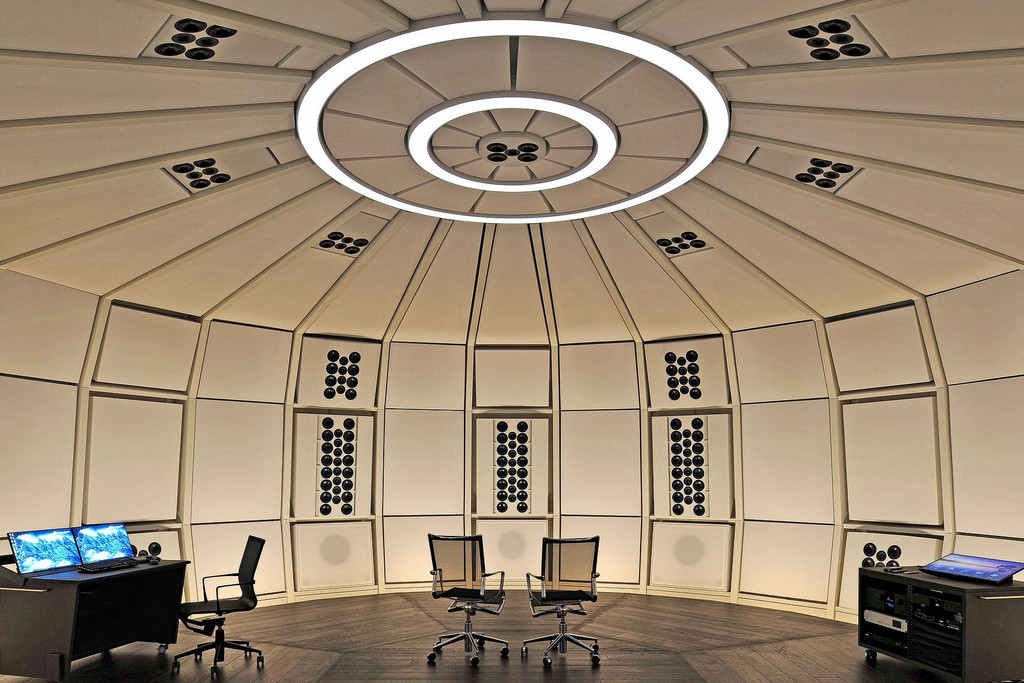
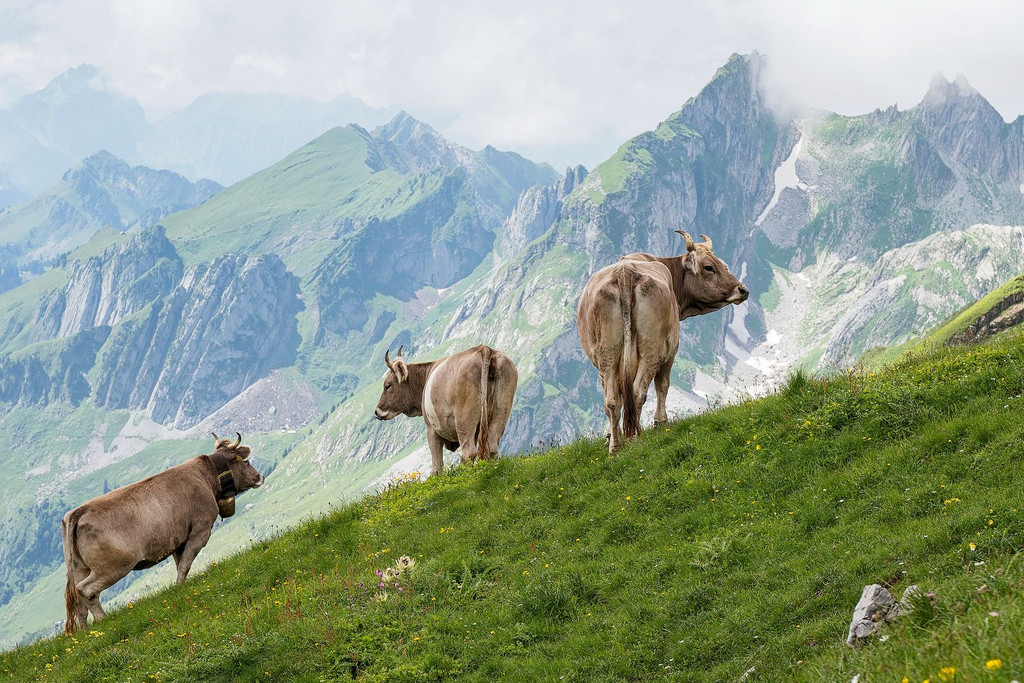
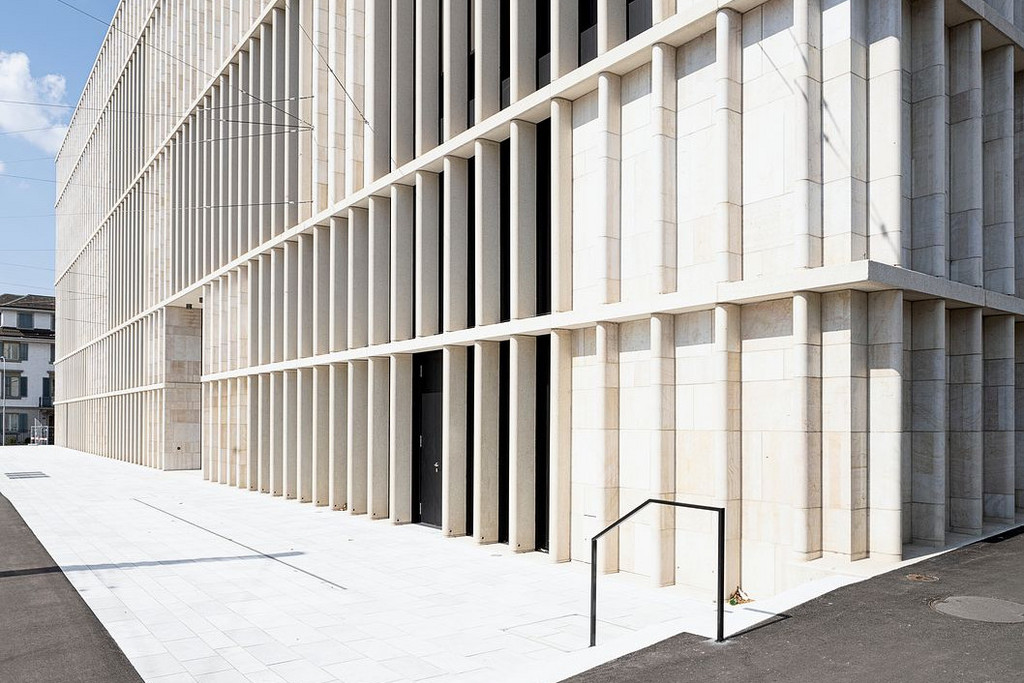

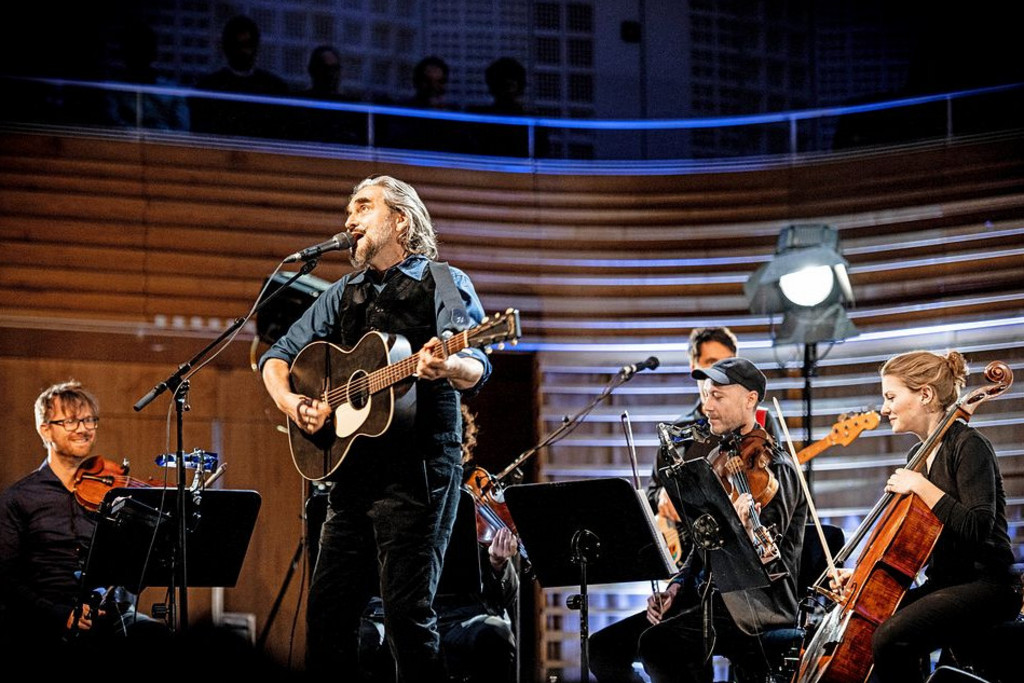
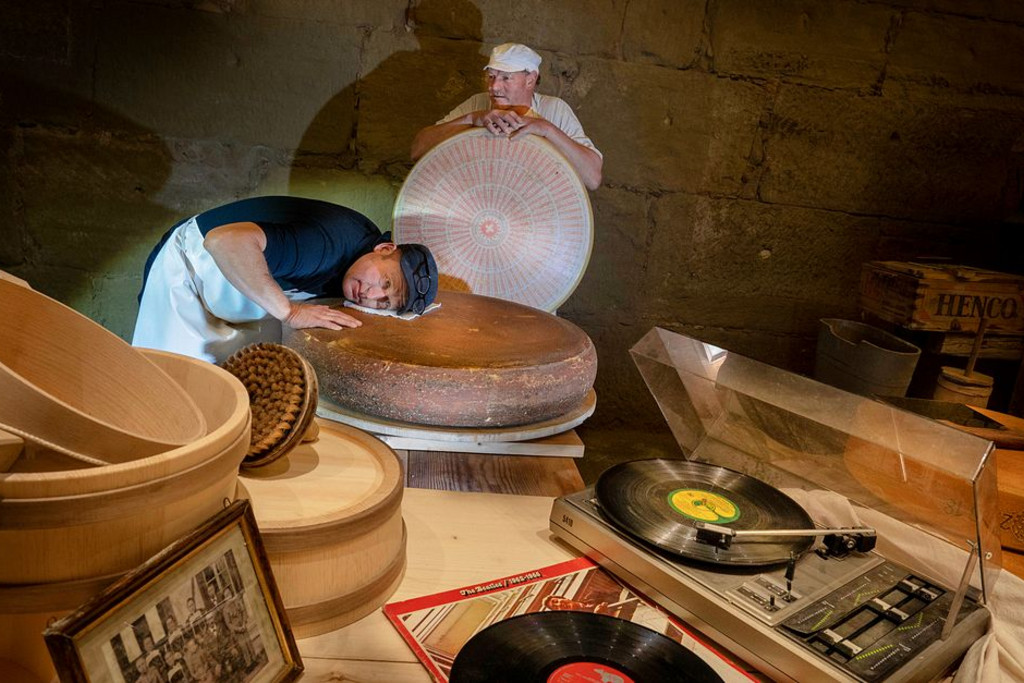
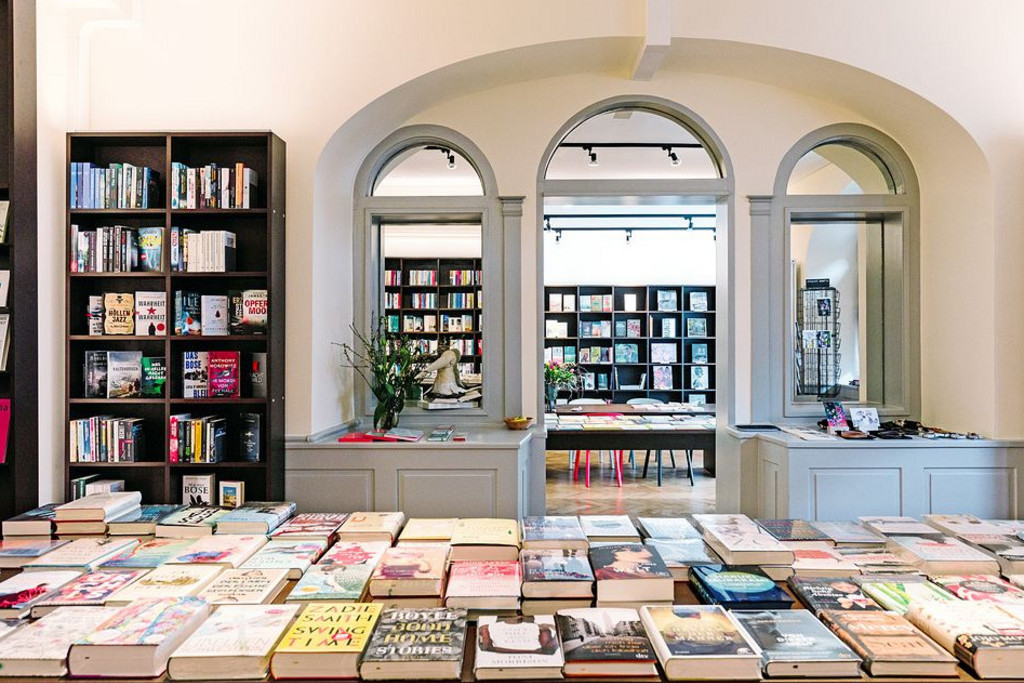





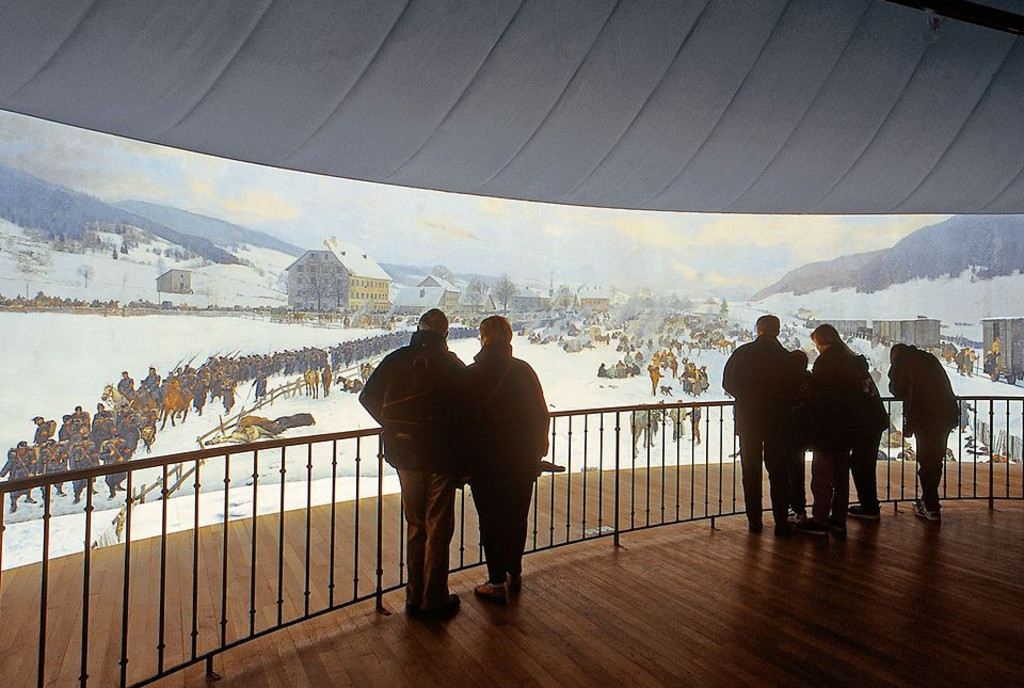
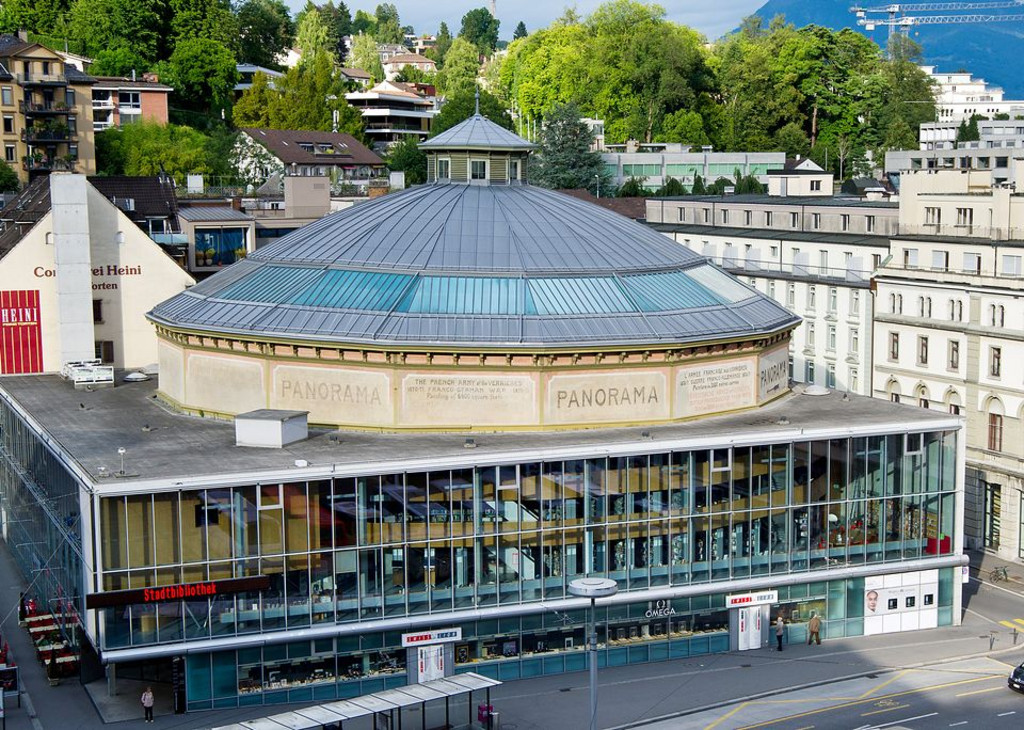
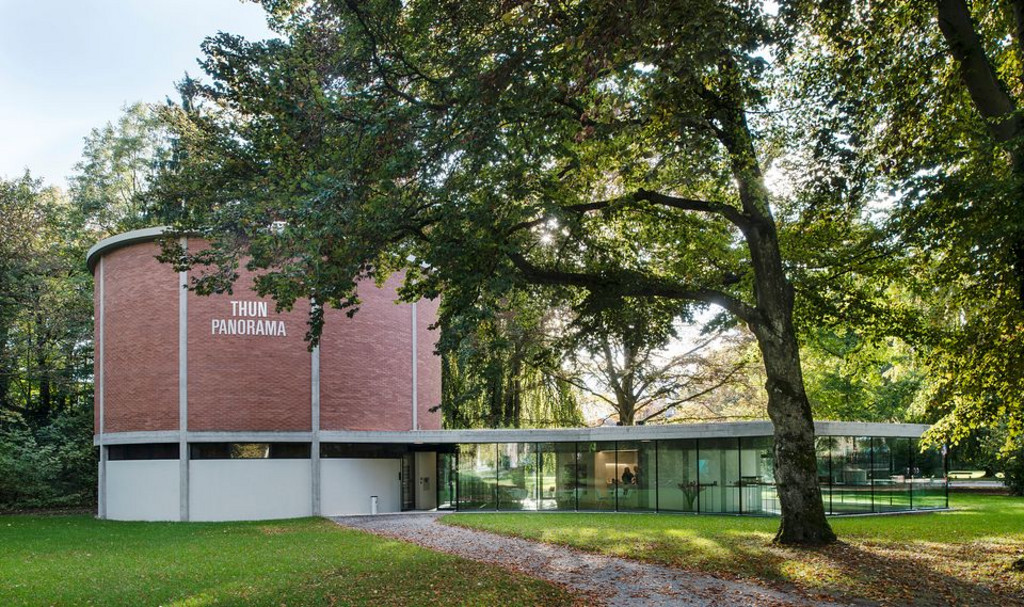
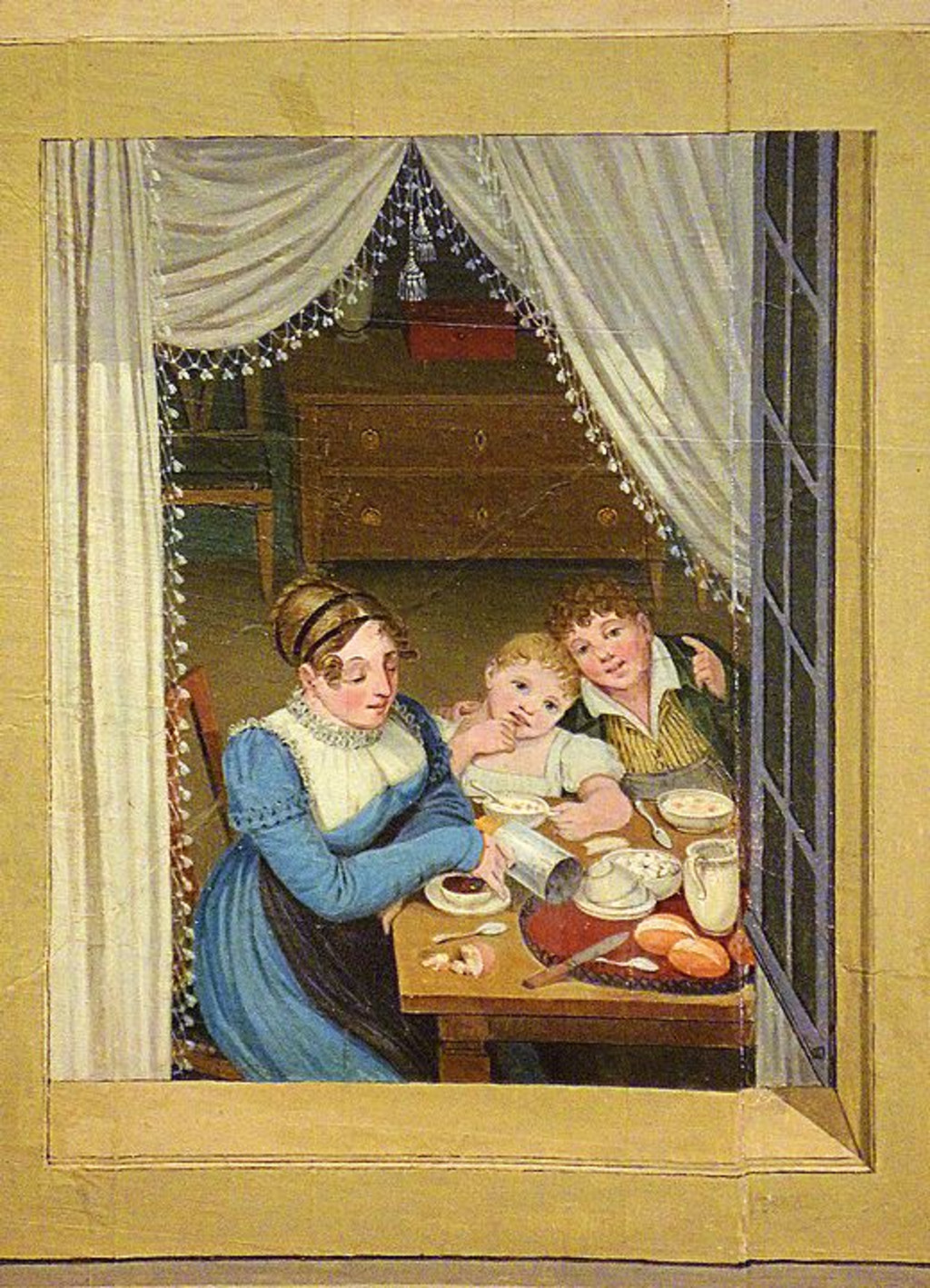
Comments
Comments :
die Panoramen als erstes Massenmedium der Geschichte zu bezeichnen, ist etwas kurz
gegriffen. Was ist mit den Sacri Monti in Norditalien, wie zB demjenigen von Varallo im Valsesia. Zwischen Renaissance und Barock entwickelten die Künstler wie Gaudenzio Ferrari
einen Erlebnisparcour, der die Topografie, die Architektur, die Skulptur und die Malerei
zu einem massenwirksamen multimedialen Propaganda-Instrument der Gegenreformation verband. (Bauzeit 1491 - 1650).
Mit besten Grüssen
Reinhard Manz